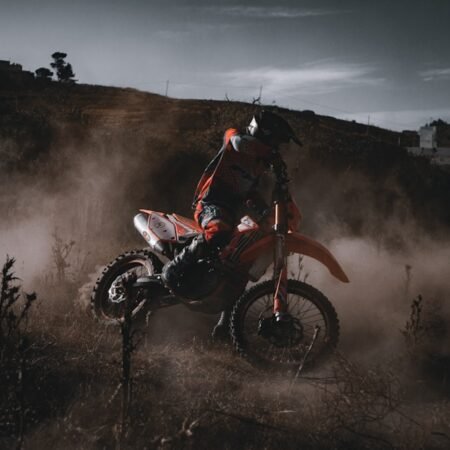Negative space is the area surrounding the main subject in a photograph. It is the empty or open space that helps to define and emphasize the subject. Negative space is just as important as the subject itself, as it can greatly impact the overall composition and visual impact of a photograph. Understanding negative space is crucial for photographers, as it allows them to create more dynamic and visually appealing images.
Negative space can be used to create a sense of balance, harmony, and simplicity in a photograph. It can also be used to draw attention to the main subject, as well as create a sense of depth and dimension. By understanding how negative space works, photographers can use it to their advantage to create more impactful and visually interesting images.
Utilizing Negative Space in Photography
In photography, negative space can be utilized in a variety of ways to enhance the composition of an image. One way to use negative space is to create a sense of balance and harmony in the photograph. By carefully composing the image to include a significant amount of negative space, photographers can create a visually pleasing and well-balanced composition. This can help to draw the viewer’s eye to the main subject and create a sense of calm and tranquility in the image.
Another way to utilize negative space in photography is to create a sense of emphasis and focus on the main subject. By using negative space to frame the subject or by placing the subject against a simple and uncluttered background, photographers can draw attention to the main subject and create a strong focal point in the image. This can help to create a sense of drama and impact in the photograph, as well as highlight the beauty and significance of the main subject.
Creating Balance and Emphasis with Negative Space
Negative space can be used to create a sense of balance and emphasis in a photograph. By carefully composing the image to include a significant amount of negative space, photographers can create a visually pleasing and well-balanced composition. This can help to draw the viewer’s eye to the main subject and create a sense of calm and tranquility in the image.
In addition, negative space can be used to create a sense of emphasis and focus on the main subject. By using negative space to frame the subject or by placing the subject against a simple and uncluttered background, photographers can draw attention to the main subject and create a strong focal point in the image. This can help to create a sense of drama and impact in the photograph, as well as highlight the beauty and significance of the main subject.
Using Negative Space to Highlight the Subject
Negative space can be used to highlight the main subject in a photograph. By carefully composing the image to include a significant amount of negative space, photographers can draw attention to the main subject and create a strong focal point in the image. This can help to create a sense of drama and impact in the photograph, as well as highlight the beauty and significance of the main subject.
In addition, negative space can be used to frame the main subject and create a sense of emphasis and focus. By placing the subject against a simple and uncluttered background, photographers can draw attention to the main subject and create a visually striking composition. This can help to create a sense of balance and harmony in the image, as well as draw the viewer’s eye to the main subject.
Experimenting with Different Compositions and Negative Space
Photographers can experiment with different compositions and negative space to create visually interesting and impactful images. By playing with different amounts of negative space and different ways of incorporating it into their compositions, photographers can create unique and compelling photographs.
One way to experiment with negative space is to vary the amount of empty space surrounding the main subject. By including more or less negative space in their compositions, photographers can create different visual effects and evoke different emotions in their images. For example, including a large amount of negative space can create a sense of calm and tranquility, while including less negative space can create a sense of tension and energy in the photograph.
Tips for Incorporating Negative Space into Your Photography
There are several tips that photographers can keep in mind when incorporating negative space into their photography. One tip is to carefully consider the placement of the main subject within the frame. By positioning the subject against a simple and uncluttered background, photographers can draw attention to the main subject and create a strong focal point in the image.
Another tip is to experiment with different compositions and amounts of negative space. By playing with different ways of incorporating negative space into their compositions, photographers can create visually interesting and impactful images. This can help them to develop their own unique style and create photographs that stand out from the crowd.
Showcasing the Power of Negative Space in Photography
The power of negative space in photography cannot be overstated. When used effectively, negative space can greatly enhance the composition and visual impact of a photograph. It can be used to create a sense of balance, harmony, and simplicity, as well as draw attention to the main subject and create a strong focal point in the image.
By understanding how negative space works and experimenting with different compositions, photographers can harness the power of negative space to create unique and compelling images. Whether it’s creating a sense of calm and tranquility or evoking tension and energy, negative space has the potential to greatly enhance the visual impact of a photograph. By incorporating negative space into their photography, photographers can elevate their work and create images that are truly captivating and memorable.








